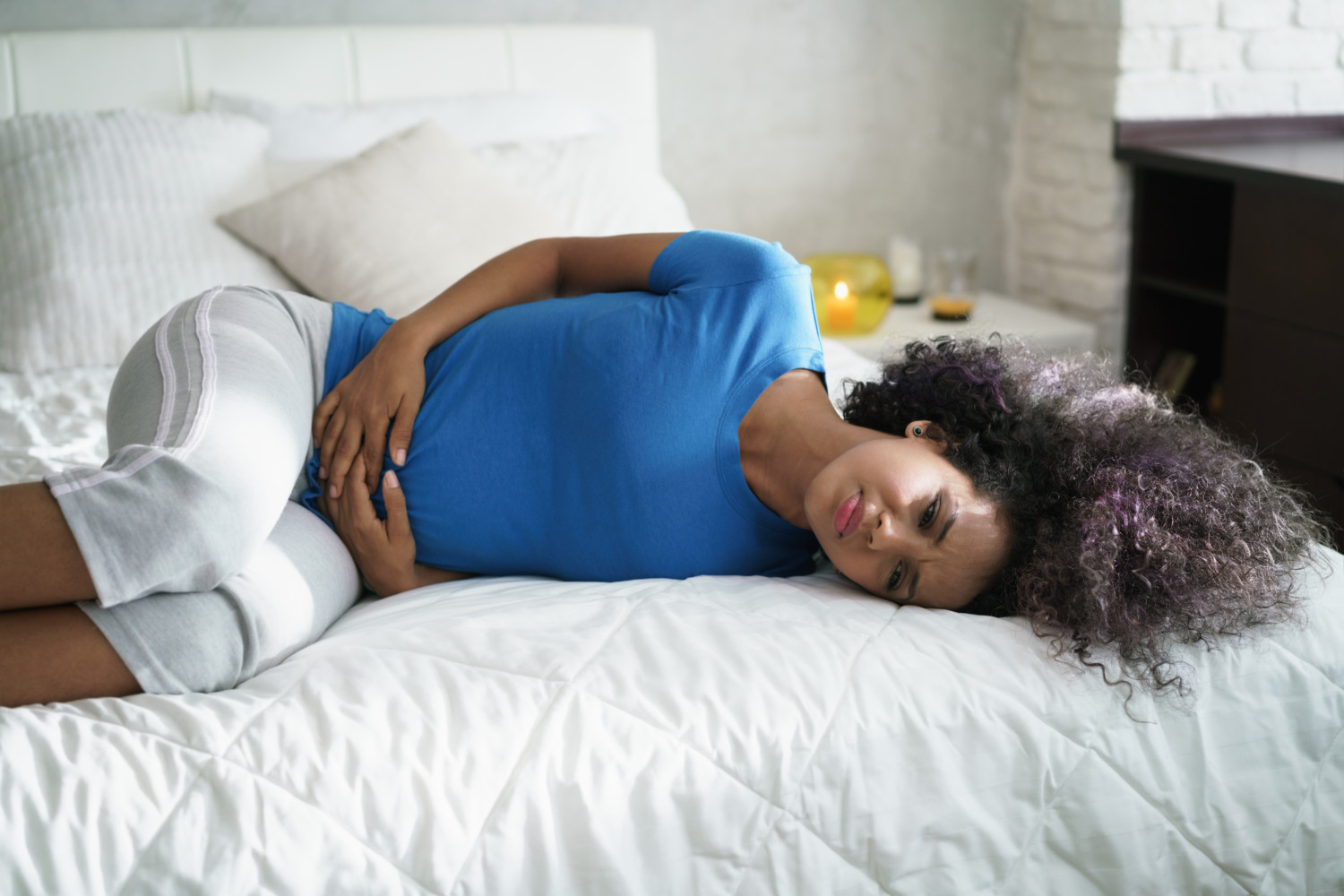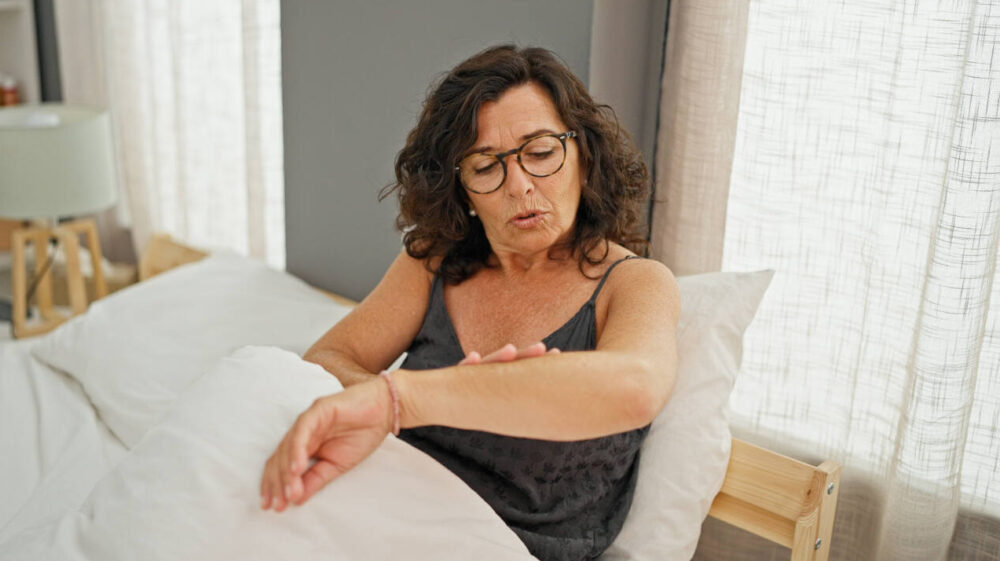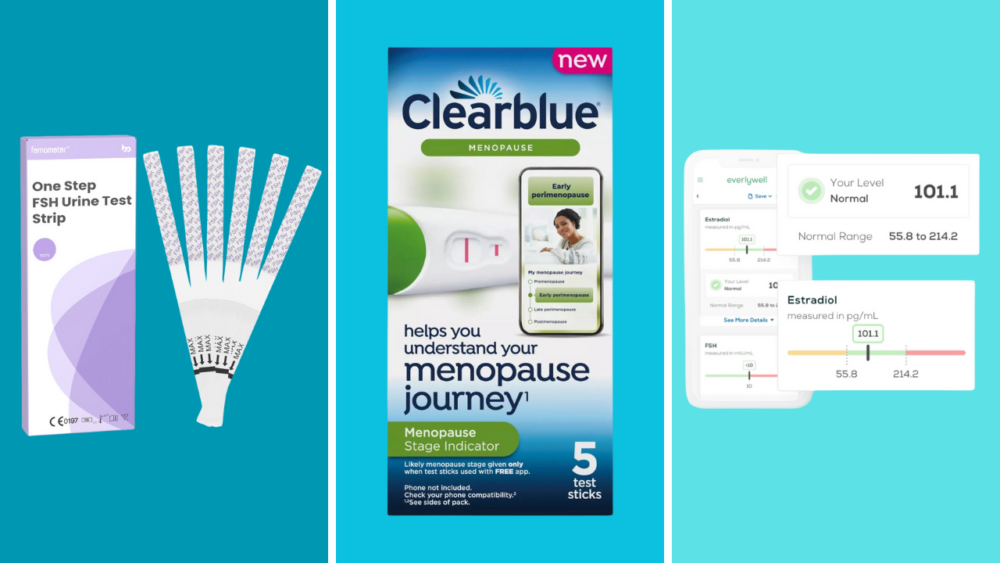There’s a non-invasive procedure that can lighten heavy periods

You’ve likely heard someone in your life complain about their monthly visit from Aunt Flo. But for many women, periods are more than just a mild inconvenience. Pain from cramping can be downright debilitating and heavy bleeding can require that tampons be changed out every hour. Add in stomach issues and hormone surges and you can see how menstruation might be a lot to deal with.
In fact, a 2012 study found that between 32% and 40% of women have had periods that are so painful, they’ve needed to miss school or work. And according to WomensHealth.gov, 14% of people with uteruses have painful, irregular or heavy periods during their childbearing years.
While many women know that birth control pills and IUDs can lighten periods and that a hysterectomy can eliminate periods altogether, there’s a lesser-known and minimally invasive procedure known as endometrial ablation that can also treat heavy periods.
“It is performed on patients with heavy periods that adversely impact on the quality of their lives or lead to medical problems such as anemia,” explains Mitchell S. Kramer, M.D., FACOG, chairman of the Department of Obstetrics and Gynecology at Huntington Hospital and an associate professor at Donald and Barbara Zucker School of Medicine at Hofstra/Northwell.
But your gynecologist also wants you to know this: Only women who are absolutely sure they don’t want to have children in the future should consider the procedure because it does eliminate the endometrial lining, which is where the egg implants after being fertilized. And, unfortunately, it doesn’t address all of the painful problems that accompany periods, like breast tenderness and mood swings. In some cases, however, it may help reduce cramps.
We talked with gynecologists about the procedure. Here’s what women should know about endometrial ablation.
What Is Endometrial Ablation?
Simply put, endometrial ablation removes the endometrium, which is a thin layer of tissue that lines the uterus. The procedure can be performed in a variety of ways. Kenneth Ward, a board-certified ob-gyn and the laboratory director of Predictive Laboratories, explains that no incisions are needed for this procedure. Rather, a doctor will insert a tool into the passageway between the vagina and the uterus in order to destroy the endometrial lining. Some tools used for the procedure are heated fluids, an electric current, cryoablation or microwave energy. The method used depends upon certain characteristics of the woman’s uterus, including its size.
These procedures can be done as an in-office procedure with local anesthesia or sedation or in the operating room under general anesthesia.
As for the procedure’s efficacy, it can reduce heavy bleeding or stop it altogether, says Kecia Gaither, MD, MPH, FACOG, double board-certified in ob-gyn and Maternal-Fetal Medicine, Director of Perinatal Services at NYC Health + Hospitals/Lincoln. Those interested in the procedure, however, should note that it may take weeks or months to experience the final results and, while the results are usually long-lasting, symptoms sometimes resume later on.
And while Kramer says there’s a chance that some of the bad cramping associated with heavy bleeding may also be eliminated if your doctor uses an ablation device that transmits radiofrequency emergy, Ward cautions that you can’t necessarily count on the procedure to relieve those other period symptoms.
“In fact, endometrial ablation can actually cause the formation of scar tissue, which can be painful,” says Ward.
Who Should Consider The Procedure?
Endometrial ablation may be a fit for women who have heavy or long periods or bleeding between their periods. A heavy period is one that requires you to change out your maxi pads or tampons every hour, or one in which the menstrual bleeding is so heavy that it causes anemia. A long period is one that lasts longer than a week.
Patients are good candidates for endometrial ablation if they have no other significant gynecologic problems, especially cancer or precancerous conditions, says Kramer. They should also have normal pap smears and no infections or problems with the uterus caused by fibroids or prior surgery.
Basically, if you’re considering this procedure, you should have a candid conversation with your provider to determine whether it’s a good fit for you.
What Can You Expect After The Procedure?
Women may experience some minor side effects after the procedure, according to the American College of Obstetricians and Gynecologists. They include:
- Cramping, like menstrual cramps, for 1 to 2 days
- Thin, watery discharge mixed with blood, which can last a few weeks. The discharge may be heavy for 2–3 days after the procedure
- Frequent urination for 24 hours
- Nausea
While complications from endometrial ablation are typically rare, they can include infection or post-procedure bleeding, damage to nearby organs or a puncture injury of the uterine wall, says Ward.
Also, you should know that it’s still possible to get pregnant after an endometrial ablation, as you will still have your reproductive organs! But those pregnancies can lead to miscarriages. Because of this, doctors recommend that women continue to use a reliable form of birth control.
Kramer says that insurance usually covers the procedure, especially if the patient’s problems with heavy bleeding are well documented. Still, it’s a good idea to check with your insurance provider.
Do you get bad cramps during your period? Here are some tips for handling period symptoms. (Hint: It involves chocolate.)








